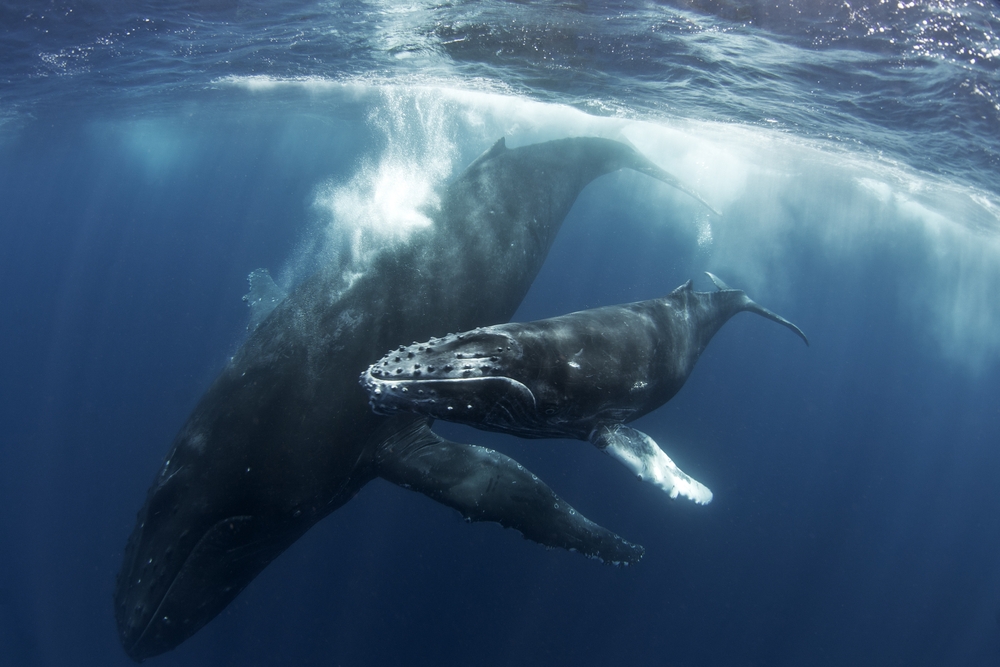Unraveling the Mystery of Dolphin Sleep Patterns
Dolphins have long captivated our imagination with their intelligence and playful nature. But beneath their charming exterior lies a fascinating biological puzzle that has intrigued scientists for decades: how do dolphins sleep? Unlike most mammals, these marine marvels have developed a unique sleep strategy that allows them to remain partially alert while resting. This article delves into the intricacies of dolphin sleep patterns, exploring the latest research and its implications for our understanding of cetacean biology.

The Basics of Dolphin Sleep
Dolphins employ a sleep method known as unihemispheric slow-wave sleep (USWS). During this process, one hemisphere of the brain enters a deep sleep state while the other remains active. This allows the dolphin to maintain essential functions such as surfacing to breathe, swimming, and staying alert for potential predators or other threats.
The active hemisphere also keeps one eye open, constantly scanning the environment. Dolphins alternate which hemisphere sleeps, ensuring that both sides of the brain receive adequate rest over time. This unique sleep pattern enables them to remain in constant motion, a crucial survival mechanism in the open ocean.
Evolutionary Adaptations
The development of USWS in dolphins is a testament to the power of evolutionary adaptation. Unlike terrestrial mammals that can fully disengage from their environment during sleep, dolphins must remain partially conscious to survive. This sleep strategy likely evolved as a response to the challenges of marine life, including the need to surface for air and the constant threat of predators.
Interestingly, this sleep pattern is not unique to dolphins. Other marine mammals, such as whales and seals, also exhibit forms of USWS. This convergent evolution across different species highlights the effectiveness of this sleep strategy in aquatic environments.
The Role of Echolocation in Sleep
Dolphins’ renowned echolocation abilities play a crucial role in their sleep patterns. Even while resting, the active hemisphere of the brain continues to process acoustic information from the environment. This allows sleeping dolphins to maintain spatial awareness and detect potential threats or obstacles.
Recent studies have shown that dolphins can adjust their echolocation clicks during sleep periods, potentially using them as a form of passive sonar. This adaptation further enhances their ability to rest while remaining aware of their surroundings, showcasing the remarkable integration of their sensory systems with their sleep behavior.
Sleep Deprivation and Dolphin Health
Despite their efficient sleep strategy, dolphins are not immune to the effects of sleep deprivation. Research has shown that prolonged periods of wakefulness can impact their cognitive functions and overall health. In captivity, environmental stressors such as noise pollution or changes in their habitat can disrupt their sleep patterns, leading to potential health issues.
Understanding the impact of sleep deprivation on dolphins has important implications for their conservation and welfare, particularly in managed care environments. It underscores the need for carefully designed habitats that allow for natural sleep behaviors and minimize disturbances.
Implications for Human Sleep Research
The study of dolphin sleep patterns has opened up new avenues in sleep research, with potential applications for human sleep disorders. The ability of dolphins to maintain partial consciousness during sleep has inspired research into similar states in humans, such as asymmetric slow-wave sleep observed in some individuals during their first night in an unfamiliar environment.
Furthermore, understanding how dolphins manage to function effectively with alternating hemispheric sleep could provide insights into managing sleep disorders or developing strategies for individuals who require prolonged periods of wakefulness, such as long-haul pilots or emergency responders.
Conclusion
The mystery of dolphin sleep patterns continues to fascinate scientists and animal enthusiasts alike. As research in this field progresses, we gain not only a deeper understanding of these remarkable creatures but also valuable insights into the nature of sleep itself. The adaptations that allow dolphins to rest while remaining partially alert serve as a testament to the incredible diversity of life on our planet and the ingenious solutions that evolution can produce.
As we continue to unravel the complexities of dolphin sleep, we are reminded of the intricate connections between biology, behavior, and environment. This knowledge not only enhances our appreciation for these intelligent marine mammals but also provides valuable lessons that may one day contribute to advancements in human sleep science and beyond.




